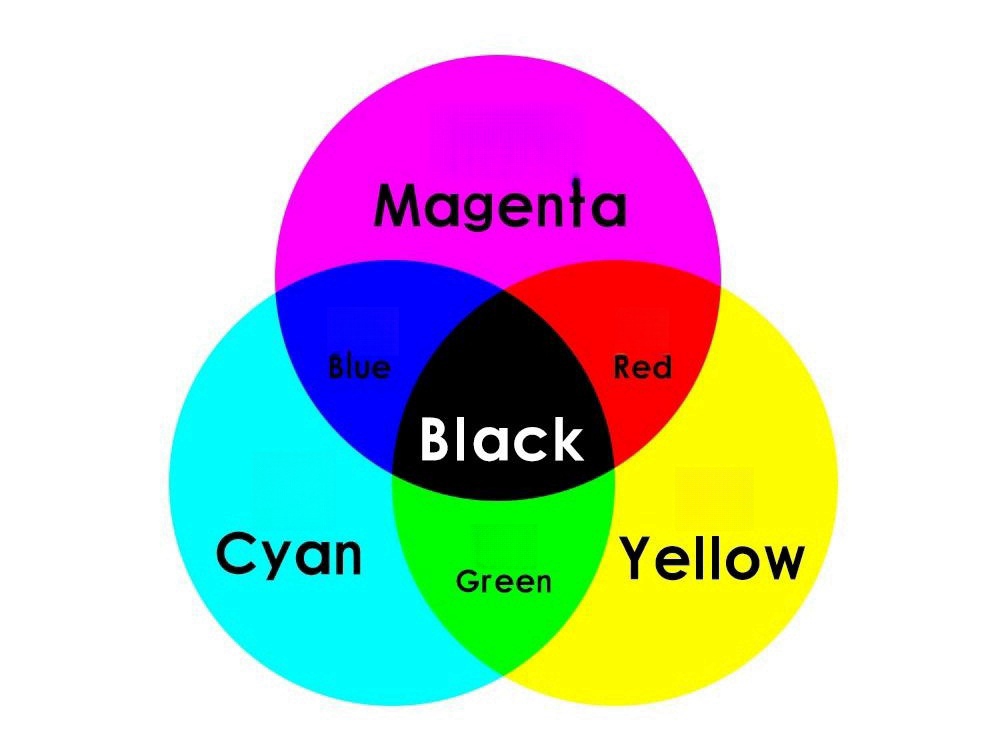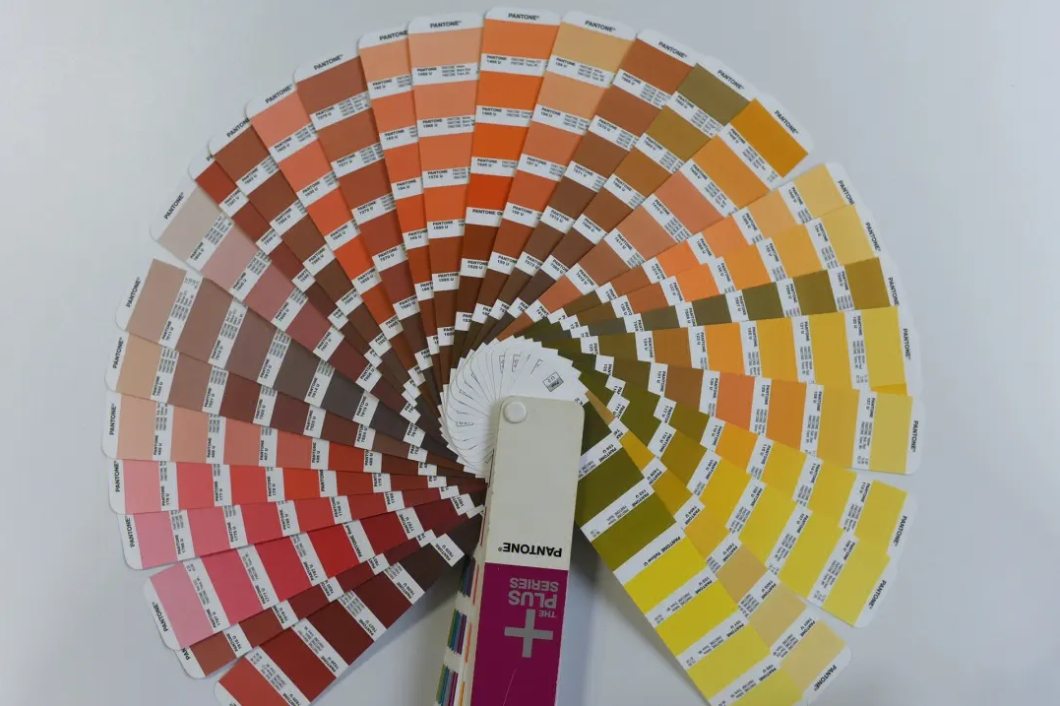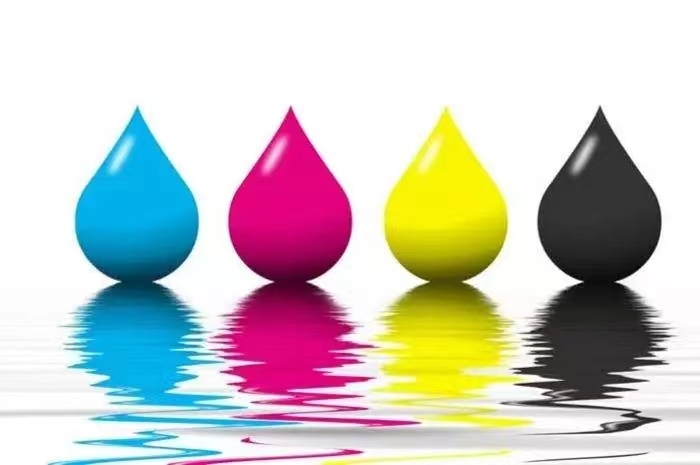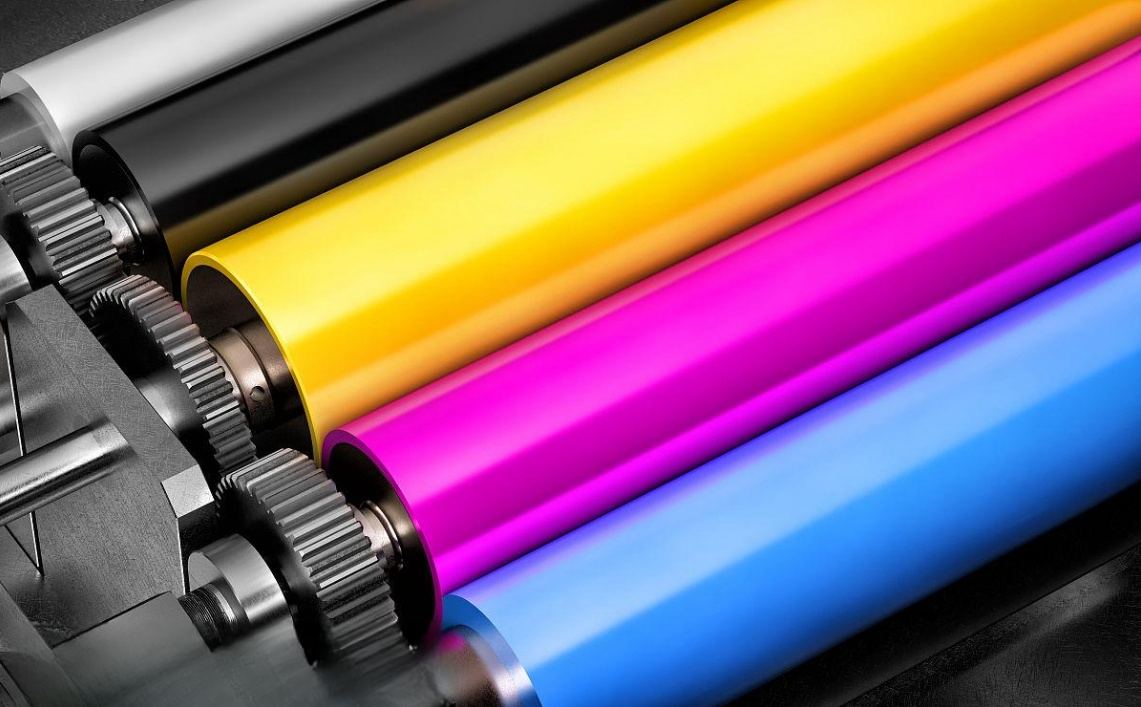

CMYK Printing and Spot Color Printing in Cosmetic
In the world of packaging printing, two primary types of color printing processes are commonly used: CMYK printing and spot color printing. CMYK printing utilizes four primary colors—cyan, magenta, yellow, and black—to reproduce a wide range of colors through overprinting. Spot color printing, on the other hand, uses premixed inks to achieve a specific color match. This process is often preferred when printing large areas of solid color, such as background designs in cosmetic packaging or color boxes.
CMYK printing is a color process that uses cyan, magenta, yellow, and black inks to create images. The "K" in CMYK refers to black, which is used for shading and depth. CMYK printing is based on the subtractive color model, where each ink absorbs certain wavelengths of light, and their combinations produce a wide range of colors. For example, cyan and yellow produce green, while magenta and yellow create orange.
This process is the cornerstone of color printing in various applications, including paper packaging, cosmetic packaging, and more. CMYK printing is typically used for products requiring full-color images, such as promotional materials, brochures, and packaging designs.

Spot color printing is a technique that uses a single premixed ink to produce a specific color. Spot color inks are often derived from the Pantone Matching System (PMS), which standardizes colors with unique names and numbers. This system allows for consistency across different printing projects and ensures that the exact color is replicated, regardless of location.
Unlike CMYK printing, which mixes various ink dots to create a color, spot color printing uses a dedicated ink for each color, resulting in more precise and vibrant hues. Spot color printing is ideal for tasks requiring a consistent, accurate color match, such as logos, brand colors, and metallic or fluorescent inks often used in cosmetic packaging. The process also ensures that intricate designs maintain their exact color tone, especially in luxury items like color boxes, cosmetic packaging, or labels on products.
When deciding between CMYK and spot color printing, it depends largely on the design and requirements of the product. If the artwork contains many colors or requires complex gradient transitions, CMYK printing is typically the best choice, as it can reproduce a wide variety of colors. However, if the design involves solid, uniform color blocks or specific brand colors, spot color printing is often more efficient.
For example, if you're designing a cosmetic packaging box with a simple background color and minimal design elements, spot color printing can provide more precise color reproduction with less effort than CMYK. On the other hand, for packaging with a complex image or gradient, CMYK printing will give the desired color richness and depth.

Spot color printing is particularly advantageous when high precision and consistency are required. The ink used in spot color printing is typically more opaque, resulting in a vibrant and saturated color. This makes spot colors ideal for large areas of solid color, such as the bold branding colors often used in cosmetic packaging.
Key advantages include:
High color saturation: Spot inks offer rich, vibrant colors that are more intense than those produced by CMYK.
Precise color matching: Using Pantone colors ensures that the color stays consistent across different batches and printing runs.
No color shifts: Spot color inks are less affected by changes in the printing process, ensuring more stable color quality, especially for premium packaging like cosmetic jars or bottles.

While CMYK printing offers flexibility and is ideal for reproducing photographic images, it has certain limitations when compared to spot color printing:
Lower saturation: CMYK printing tends to produce colors with lower saturation and brightness compared to spot inks, especially for light-colored backgrounds.
Color shifts: CMYK colors can be less predictable, with minor variations in ink density potentially causing color shifts, especially when printing large areas of solid color.
Dot pattern visibility: The use of tiny ink dots in CMYK printing can result in noticeable patterns, which can detract from the overall quality of solid color applications like cosmetic packaging.
In addition to standard spot colors, metallic inks are often used in packaging printing for a high-end, glossy finish. Metallic inks, which contain fine metal flakes, are particularly popular in cosmetic packaging to create a luxurious and premium look. This type of ink is used for high-quality items such as packaging, color boxes, and specialty labels.
The challenge with metallic ink is that it can be more difficult to apply than traditional spot colors due to its lower adhesion and more complex printing process. However, the result is a visually striking effect that can elevate the appearance of any cosmetic product packaging.

Both CMYK printing and spot color printing have their places in cosmetic packaging and other forms of paper packaging. CMYK printing is ideal for projects that require full-color imagery and gradient effects, such as promotional materials, skincare brochures, or colorful product packaging. On the other hand, spot color printing is better for tasks that demand precise color matching, consistency, and high saturation, such as printing logos, brand colors, or metallic finishes for premium cosmetic packaging.
Understanding when to use each process will help create the most effective packaging solutions, whether you're designing a simple color box for a skincare product or a luxurious cosmetic bottle with a metallic ink finish. By carefully choosing the right printing method—CMYK, spot color, or metallic inks—you can ensure that the final product stands out on the shelf with striking visual appeal.





